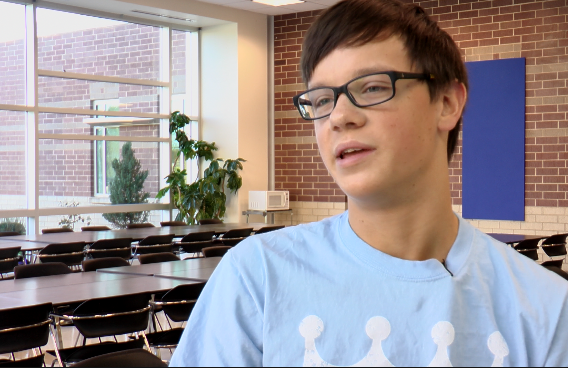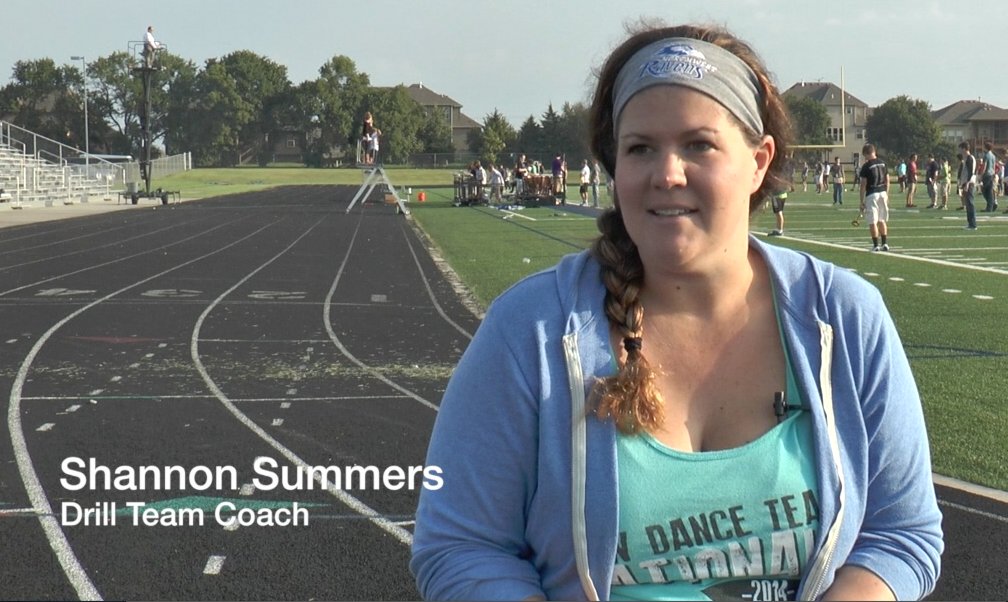As the semester comes to a close, I am inclined to reflect on my work I've produced so far this year. When I look back at my previous works, I'm amazed at how far I've come. I've always been fairly confident in my work, but this year I've pushed myself to test the limits and try new things, as a result, I've grown as a journalist. I am always open to trying new techniques, and this year I've tried several different things that have improved my packages and my writing style. I see improvement in my work in several areas such as sequencing while shooting, interview set up, and my ability to tell a story through packages.
The Prep Work
Before this year, when I went out to shoot a package, I would just grab a camera and then throw something together while I was editing. This year I learned the importance of planning out what you want your package to look like before you shoot. Now, I always try to have a general idea of the conflict, the characters, and what I want the plot of the package to be. This makes shooting quicker, more efficient, and it will result in a better news package. However, it is important to be flexible. There are always surprises that occur while I'm shooting, and I have learned to adjust to these challenges. Sometimes while I'm interviewing someone, a new conflict will arise, aside from the one I anticipated. As a journalist student, I need to be able to incorporate these unexpected moments, and work them into my story if they would make an interesting addition.
At the beginning of this year, I had knowledge about the importance of the 6 shot system, but I never really made it a priority to accomplish getting all 6 shots in my packages. Once I made an effort to get wide, extreme wide, medium, close, extreme close, and over the shoulder shots, it helped create a more dynamic and visually interesting package. The sequencing of these different types of shots allowed me to tell a story through my characters. I put together an example of good sequencing, featuring Kami Gibson working on homework. Even this simple task is made more interesting through a variety of shots.
My packages at the beginning of this year and last year lacked this important piece.
Interviews
 At the beginning of this year, I paid little attention to the location of the interview. However, in more of my recent packages I have been trying to set up the interviewee in a relevant location to the story. This makes the package more interesting and it gives the audience the opportunity to see the interviewee in his or her natural environment. If you chose a location where the interviewee is comfortable, you will also get better sound bites from them.
At the beginning of this year, I paid little attention to the location of the interview. However, in more of my recent packages I have been trying to set up the interviewee in a relevant location to the story. This makes the package more interesting and it gives the audience the opportunity to see the interviewee in his or her natural environment. If you chose a location where the interviewee is comfortable, you will also get better sound bites from them.
My best package I produced last year was one on Nathan Muehe. In this interview, I just interviewed him somewhere random in the school, with a very boring background.
This year, in my most recent package on Keaton Conrad, Savannah and I went to his home studio and interviewed him there. In the background was his sound board and computers where he mixes his music. This location created a more visually intriguing setting, versus a random location in the school.
Beginning, Middle, and End
I have improved exponentially in my ability to tell a story through a package. There are many important factors that make a good story. One that I've found to be very important is that through voice over and sound bites, a good story must have a beginning, middle, and end. I now make a conscious effort to include a climax in the story and a conflict in my packages.
When I did my package on Ryan Devers, the conflict was that he loves Karate, but as he advances, it can often be dangerous and he has gotten injured several times. This evoked the viewer's interest and made them appreciate how Ryan's preservation to continue practicing martial arts even after several injuries.
Shooting for the Stars
I learn something new with every package I produce. Something I want to focus more on is lighting. It always has been challenging for me to find a location with good lighting. I don't really understand how to work with natural light, but it is something I would like to learn. I think that good lighting is essential to make a package look more professional.
I also would like to produce more content and quicker. I am a perfectionist, so often times I am very slow and tedious with my work, trying to perfect every part, which can be good, but also it is bad because in the news world, they have to turn around packages in a day or two. So I hope that I am able to work hard and work fast. I know that I can produce high quality packages and I can do it quickly if I focus on the pre planning, then I will know what I want the package to look like when I go into the editing process.
Until Next Year!
When we're back from break, it'll be a new year. I will take this new year as an opportunity to further grow as a journalist student. I will continue to learn new things every day and apply them to my packages to make them better. Overall, I've come a long way since last year. I have learned a lot so far this year, and I hope that I can continue to improve.












